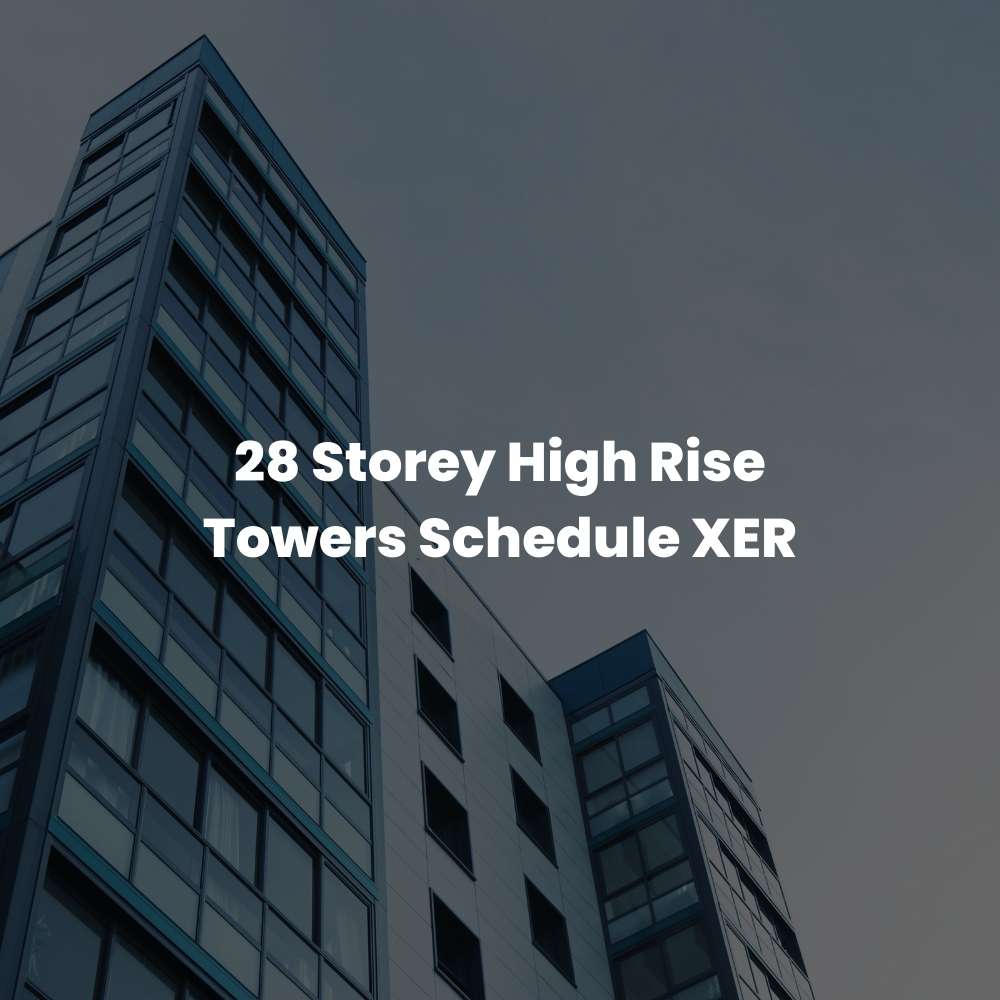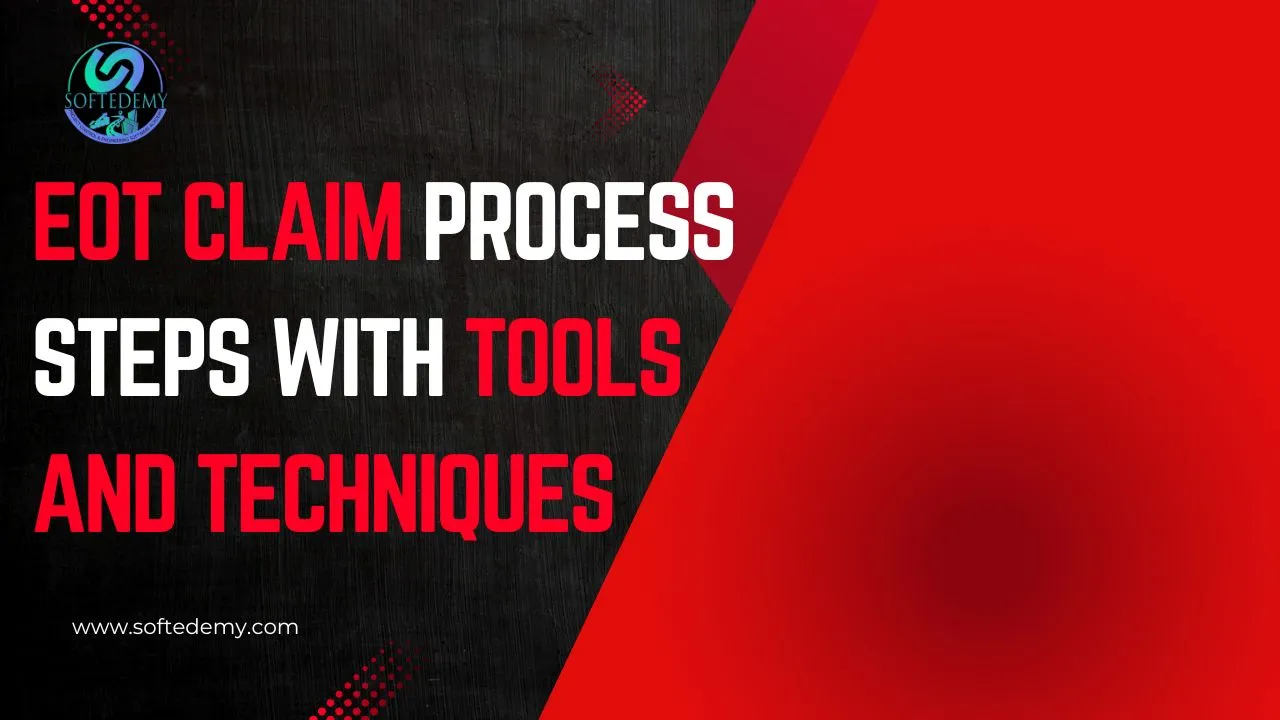The EOT claim process involves several structured steps, utilizing various tools and techniques to ensure a comprehensive and accurate claim. Below is a detailed explanation based on the provided table.
Step 1: Find the Events
Input:
Project baseline
Project updated documents (RFI, letters, material submittal log, shop drawing log, site instructions, inspection requests, etc.)
Project contract
Project specifications
Tools & Techniques:
Discussions with Project Manager (PM)
Detailed discussions with the project team
Estimate impact durations
Estimate new scope of work durations
Define relationships
Output:
Potential events report
Detailed discussions result
Delay notices
High-level events log
Notes:
Send the delay notice to the employer within the period of submitting according to your contract conditions
Step 2: Record Supporting Documents
Input:
Project baseline
Delay notices
Detailed discussions result
High-level events log
Tools & Techniques:
Update events log
Output:
Updated events log
Step 3: Analyse Delays
Input:
Project baseline
High-level events log
Tools & Techniques:
Create events Work Breakdown Structure (WBS)
Create events activities
Use As-Planned vs. As-Built technique
Output:
Revised impacted schedule
Updated events log
EOT for each event
Total EOT summary report
Notes:
Send the detailed impact analysis to the employer within the period of submitting according to your contract conditions
Step 4: Build the Case
Input:
Revised impacted schedule
Updated events log
Tools & Techniques:
Create narrative report for each event using Mail Merge
Output:
Narrative report for each event
Revised impacted schedule
Summary
This structured approach ensures all aspects of the delay and its impact are thoroughly documented and analyzed, aligning with best practices and contractual requirements. The use of detailed discussions, updated logs, and specific techniques like WBS and As-Planned vs. As-Built analysis helps in creating a strong case for the EOT claim.
References
For further details on EOT claims and related best practices, the following resources may be useful:
These resources provide comprehensive insights and additional examples to support the EOT claim process.

























































